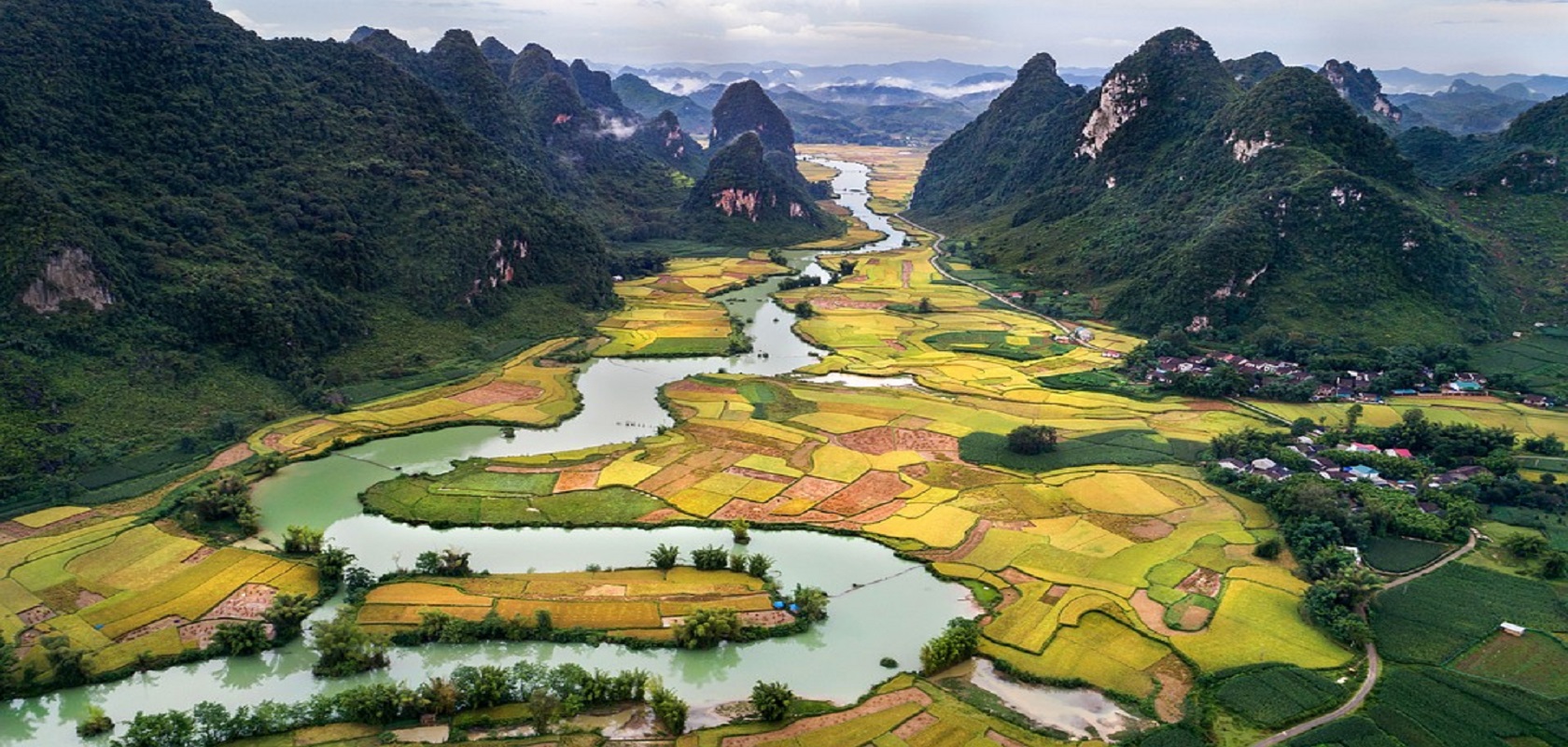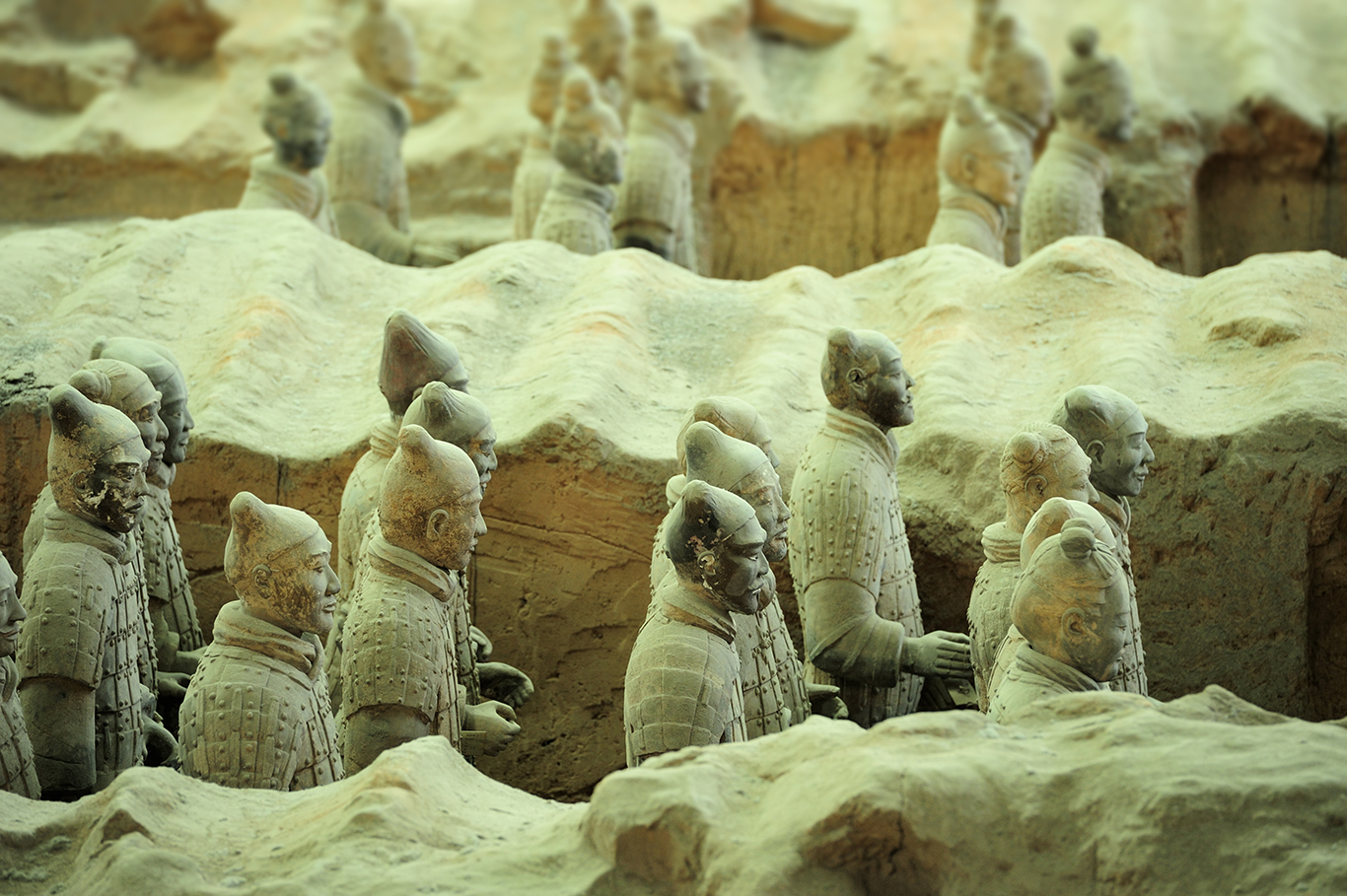Non Nuoc Cao Bang Geopark was awarded the title of Global Geopark by a resolution approved by the UNESCO Executive Board during its 204th session held in Paris, France on 12 April. The sprawling natural area in northern Vietnam joins Dong Van Karst Plateau in Ha Giang Province as the country’s second site to receive the prestigious distinction.
Officially founded in 2015, the 3,270-square-kilometre natural area stretches across nine districts in Cao Bang Province. Its stunning topography includes subterranean and surface rivers, lakes, a variety of rock formations and karst landforms like those found in Ha Long Bay. The park is also home to Ban Gioc Waterfall, the largest in Vietnam, as well as the popular Nguom Ngao Cave. Sedimentary rocks dating back 500 million years reveal a diverse range of paleo-environments and biosphere conditions.
In addition to interesting geographic landscapes, which make it a popular tourist destination, the park is also the habitat of fascinating and endangered wildlife such as the charismatic mossy frog.
Around 250,000 people representing nine ethnic minority groups live in the area. Cao Bang joins 126 other UNESCO Global Geopark sites in 35 countries. UNESCO claims these sites are “single, unified geographical areas where sites and landscapes of international geological significance are managed with a holistic concept of protection, education and sustainable development.”
Non Nuoc Cao Bang reflects a growing trend in Vietnam’s relationship with natural areas. In addition to Cao Bang and Ha Giang, five other provinces are also planning to establish Global Geoparks with aims for UNESCO recognition.


